Table of Contents
In 2021, business will be social.
At least, that was one of the 11 digital marketing trends identified in TrendWatching and A/B testing tool and CXO company AB Tasty’s latest report.
Flowbox has been ahead of the game when it comes to calling out the importance of User Generated Content (UGC) and social shopping. The pandemic has caused many consumers out of brick-and-mortar stores, and many people have changed the way they use social media, so much so that the the urge to shop socially will only increase. Brands will need to keep up, and this post shares some tips for how.
We’ll go over:
Why not check out our post on eCommerce Technology trends in fashion.
First thing’s first: let’s define social shopping.
Social shopping (or social commerce) lies at the crossroads of social media and eCommerce. It refers to when consumers, during the buyer journey, share or consult product-oriented User Generated Content (UGC), reviews, recommendations, or opinions on social media.
Put another way, it’s the dialogue that spontaneously occurs between consumers and your brand via social media channels like Facebook, Instagram, Twitter and YouTube.
Why do consumers support social shopping?
Because those interactions are genuine. For many, authentic forums where peers can share their unvarnished, real-life opinions or photos of products have become central to the buying process.
When managed correctly, this can actually be great news for brands, since:
Here are a few examples of how brands are getting it right:
Here, the popular fitness brand Fitbit is sharing a UGC post on their Instagram page. Notice how there’s no ‘Buy Now’ CTA? The value in this post is more about providing social proof and raising awareness and engagement. It’s natural and non salesy, but any digitally savvy shopper who wants to learn more can easily do so thanks to the #FitbitFlex2 tag.

Accessories brand CLUSE took this idea and went a step further. After encouraging their social media followers to share UGC of their products with specific hashtags, they brought these posts together in a dedicated lookbook on their e-commerce site.
Since each UGC image links both to the relevant product page and the social media account of the person who shared it, this was a brilliant way to encourage consumers to move down the funnel while strengthening the brand loyalty of their online community.
This social shopping tactic paid off, since CLUSE experienced an overall increased conversion rate of 19% thanks to the campaign. Luxury brands like CLUSE aren’t the only ones loving UGC- check out how other fashion and apparel brands benefitted from a UGC integration.
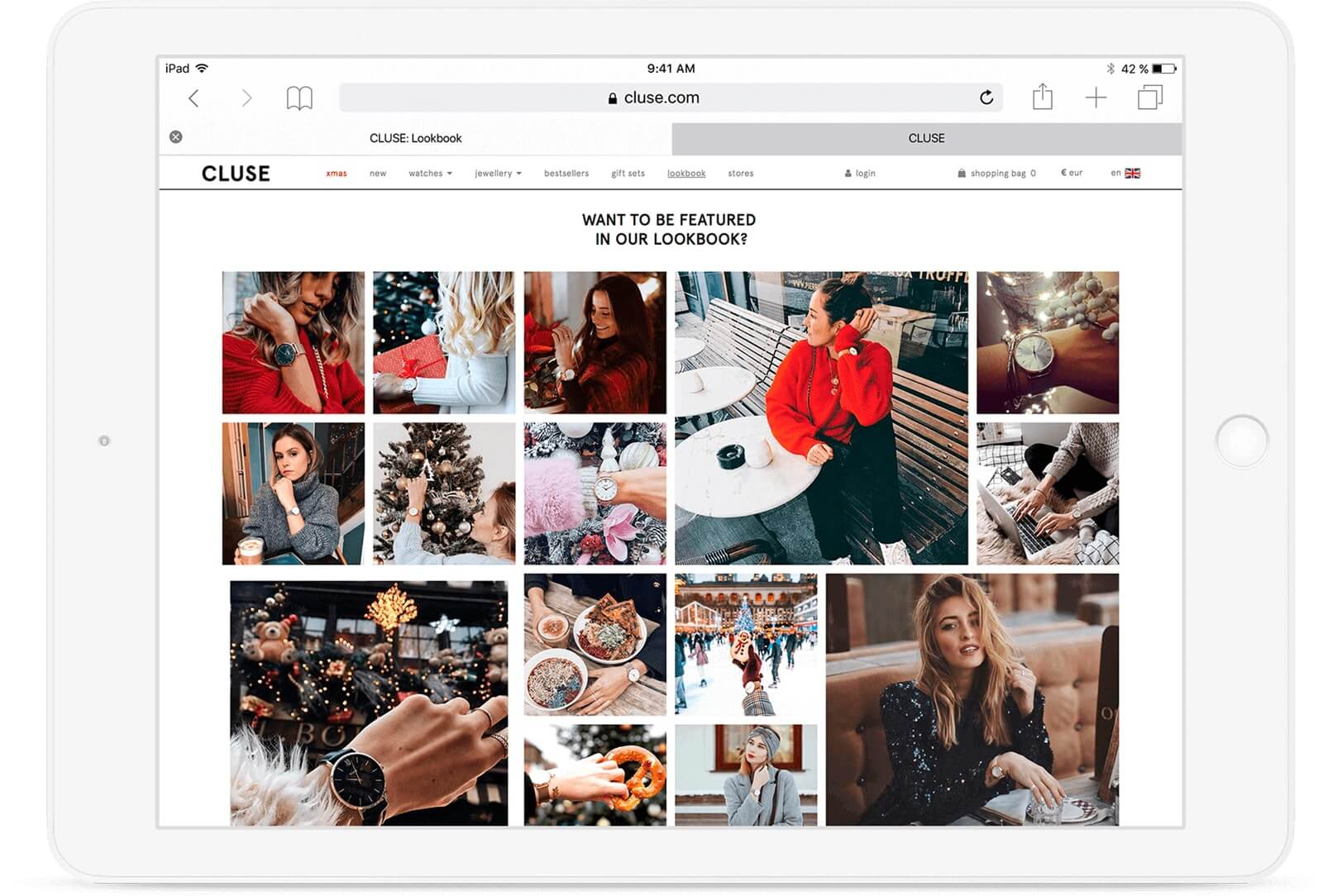
Maybe your social media followers need a little encouragement to get involved.
Providing a small incentive – a product giveaway, for example – can help get the ball rolling.
Jewelry brand Alex and Ani went this route with a simple post on their Instagram account:

As consumers have embraced social media in general and social shopping in particular, many brands have followed suit to join and encourage the conversation, often to the benefit of their bottom line.
In 2021, consumers will continue to go the way of social shopping, but in new, inventive ways.
What ‘Business as Social’ Trends Are on the Rise
In our research with the firm TrendWatching, ‘business as social’ was identified as a top trend for consumers in 2021.
This is based on the observation that increasing numbers of shoppers expect online transactions that are convenient, communal and experiential.
Like the examples shown above, brands need to think about creating these social experiences that have shopping thrown in as a bonus.
Here are the trendsetters leading the way on the ‘business as social’ front:
In August 2020, social media app TikTok partnered with artist Joshua Vides and NTWRK to offer fans their first shoppable livestream. As they explain, “The TikTok LIVE Stream, which will feature a conversation between Vides and TikTok creator Brittany Xavier (@brittany.xavier), will be the first time users will be able to purchase products during a TikTok LIVE stream.”
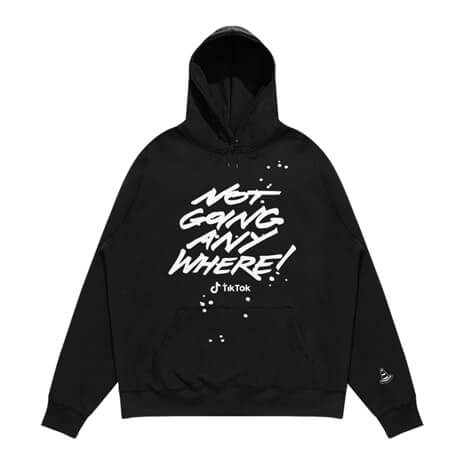
Have you ever watched a music video and been so inspired by the clothing worn by the artists that you wanted to buy it, yourself?
With DroppTV, now you can.
Launched in July 2020, the platform allows artists to create virtual pop-up stores (many stocked with limited-edition items) and earn revenue from sales. DroppTV is powered by AI, machine learning and computer vision algorithms, which recognizes the products in the videos and automatically tags them.
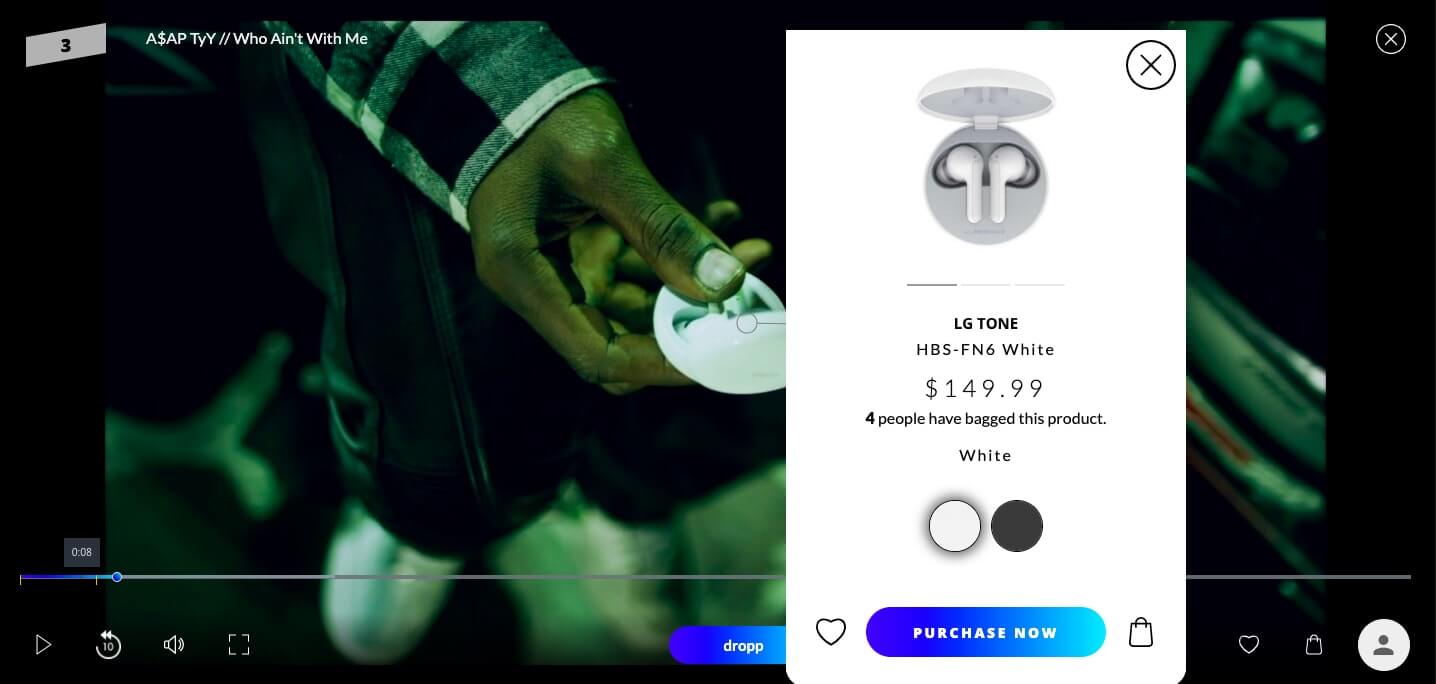
As they explain on their site:
“DroppTV unleashes the power of the creator through an innovative blend of art, technology and e-commerce creating a new mode of digital interaction, which allows creators (and brands) to monetize their videos shows and movies through our patented advanced A.I. smart video technology.”
Shopping is often a social activity.
Going to the mall with friends, taking your significant other to IKEA, nipping to the store with a colleague during your lunch break…
With the arrival of the COVID-19 pandemic, these kinds of physical outings were suddenly cut short.
But the brand Squadded, launched in May 2020, enables digital shoppers to recreate the social aspect of shopping via a simple Chrome extension.
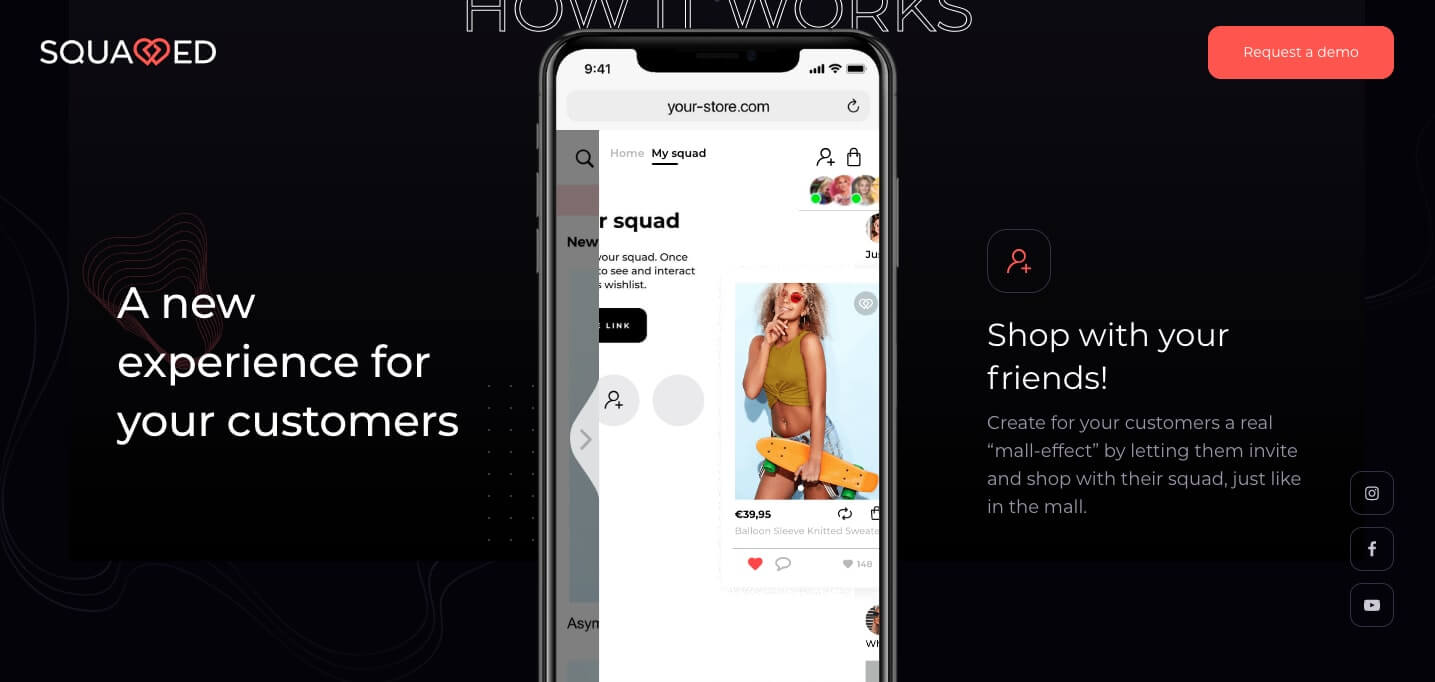
Squadded lets customers shop with friends on fashion eCommerce sites such as ASOS, Boohoo, Missguided, Na-kd and Pretty Little Thing. Via the extension, shoppers can add their favorite products to a wishlist, poll their friends for advice and send links to the group chat.
Millennial buyers are especially prone to influencer marketing.
That’s one of the insights powering Basic.Space, the marketplace that, since September 2020, allows influencers to curate and sell their own vintage fashion, pre-owned luxury items, and new exclusive products.
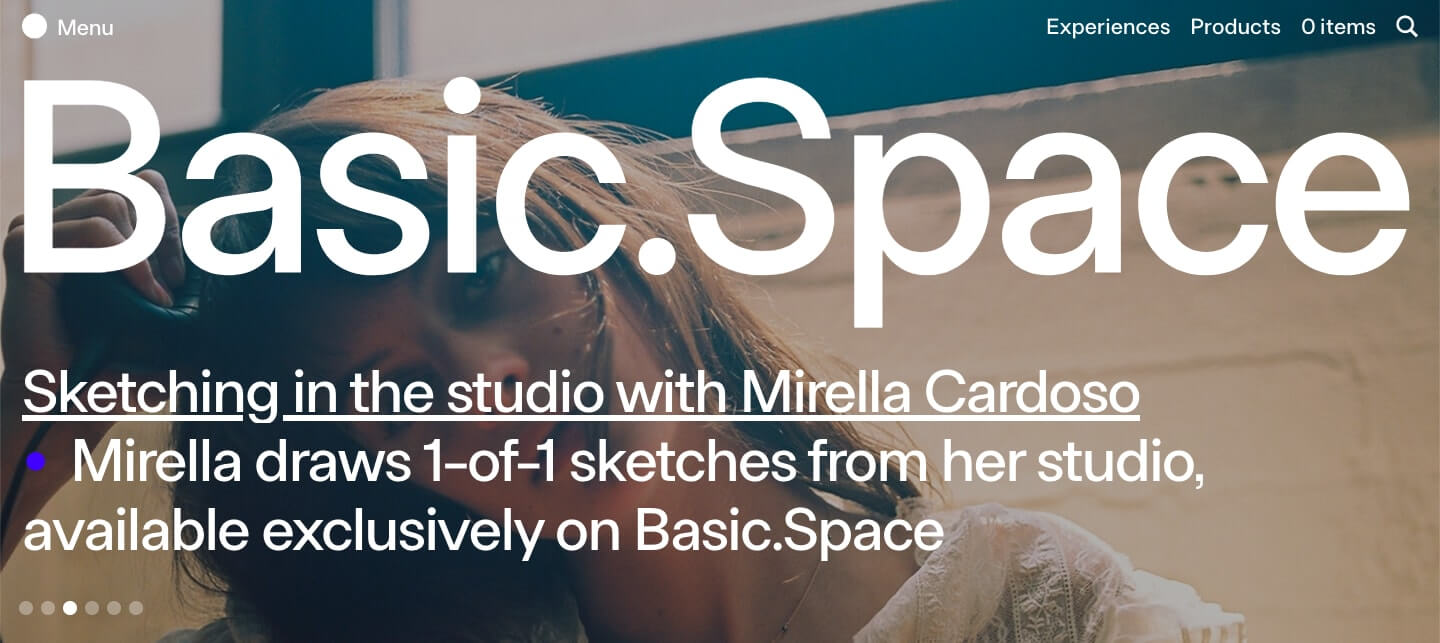
Customers of the members-only platform can shop through product shots or influencer-hosted livestreams. Influencers can direct members to their customized profile page via a QR code; the codes also unlock exclusive access and experiences.
Consumers demand novel social shopping experiences – and innovative brands are leading the way. Especially for fashion and apparel brands, social commerce in any of its various forms is taking up more and more consumer attention. It’s probably time to add some aspect of it to your customer experience strategy, if you haven’t already.
But how do you know you’re doing it right?
That’s where adding a ‘test and learn’ approach can help.
So, you’ve put in place a fantastic social commerce strategy and you’re driving a lot more traffic to your eCommerce pages. Great! But will those pages actually convert? Is your CTA in the right place, with the right wording and look and feel? Is your checkout funnel too long? Are you providing clear shipping and delivery information at the right time?
All of these questions can be answered through experimentation techniques like A/B testing.
Remember the CLUSE example from above? And how they capitalized on UGC and social media engagement to drive traffic to product pages?
CLUSE also runs a robust optimization strategy, including on their product pages.
One of the tests they ran using AB Tasty was on their product display CTAs. They tested whether the look and feel they had in place was the most effective. A simple color change added a percentage point to their transactions (and an almost 2.4% increase in CTR).
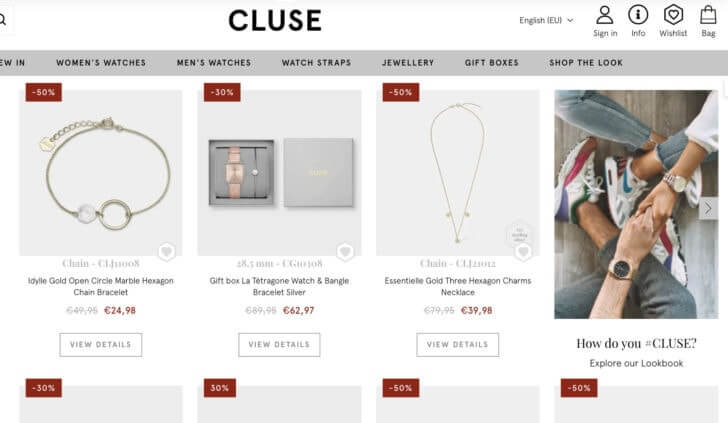
Running these kinds of experiments enables brands to smooth out the buyer journey on their site and increase conversions at key stages. In other words, it helps brands get the most monetary value out of their social commerce traffic and strategy.
As we dive into the new year, let’s consider the three main insights from all of these social commerce trends. How can you tap into the consumer desire for innovative social shopping experiences?
If you’re still hungry for more trends in 2021, check out 10 things that online shoppers will demand from eCommerce in 2021. Or, if you’re ready to dive into adding UGC to the mix, Flowbox has some great case studies to get you inspired.